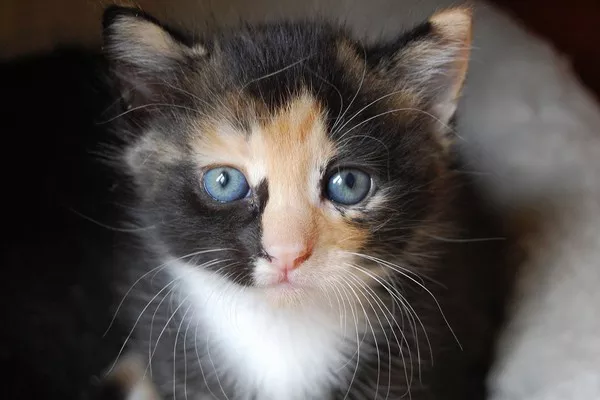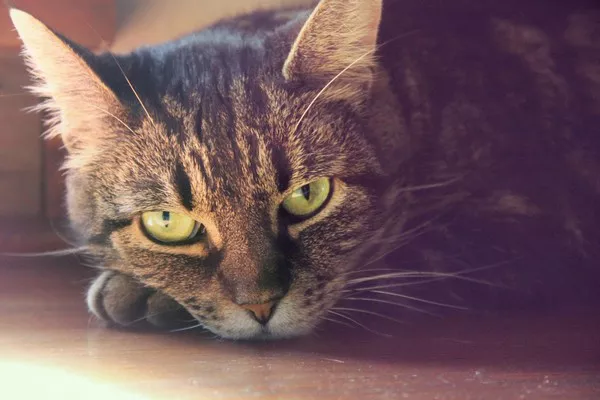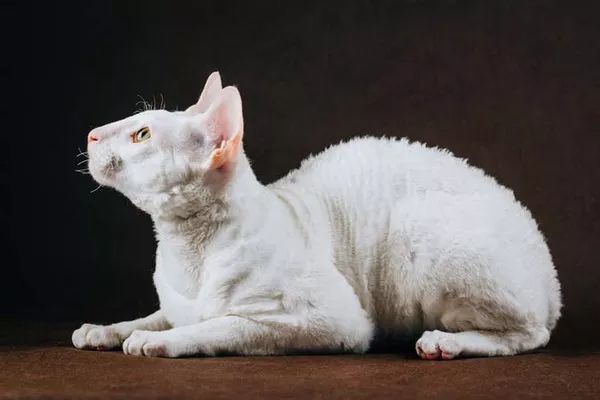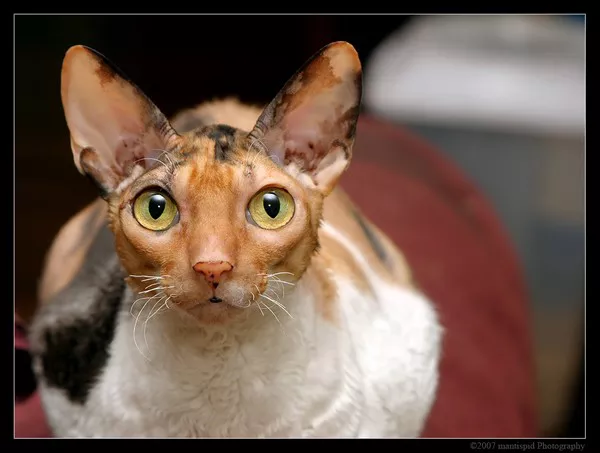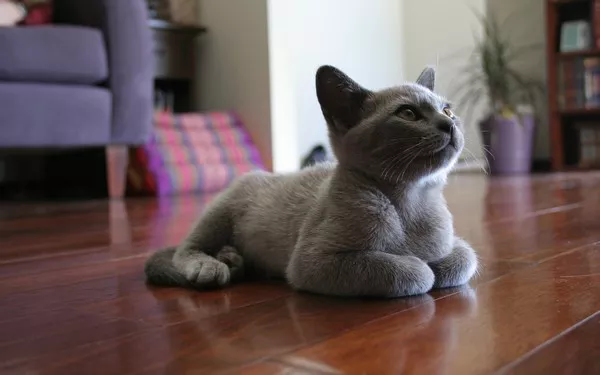Calico cats are known for their distinctive coat patterns, characterized by a unique combination of white, black, and orange fur. These striking felines are beloved for their vibrant colors and playful personalities, but their luxurious coats require regular grooming to keep them healthy and looking their best. In this article, we explore the importance of brushing for calico cats and provide guidance on how often you should brush your furry friend to maintain their coat’s health and beauty.
Understanding Calico Cat Coats
1. The Genetics of Calico Coat Patterns
Calico cats are not a specific breed but rather a coat color pattern that can occur in various breeds, including domestic shorthairs, Persians, and Maine Coons. The distinctive tri-color pattern of calico cats is the result of a genetic mutation that affects the expression of coat color genes, resulting in patches of white, black, and orange fur.
2. Coat Texture and Density
Calico cats can have a range of coat textures, from short and sleek to long and fluffy, depending on their breed and individual genetics. Regardless of coat length, calico cats typically have dense fur that requires regular grooming to prevent matting, tangles, and excessive shedding.
3. Special Care Considerations
Due to their unique coat patterns and genetics, calico cats may have specific grooming needs that differ from other cat breeds. It’s essential to understand the intricacies of calico coat care to ensure that your furry friend remains healthy, comfortable, and looking their best.
The Importance of Regular Brushing
1. Preventing Matting and Tangles
Regular brushing is essential for preventing matting and tangles in your calico cat‘s coat, especially if they have long or dense fur. Mats and tangles can be painful for your cat and may lead to skin irritation or infection if left untreated. By brushing your calico cat regularly, you can remove loose fur, dirt, and debris that can contribute to matting and keep their coat smooth and tangle-free.
2. Reducing Shedding and Hairballs
Calico cats, like all cats, shed their fur regularly to maintain a healthy coat. However, excessive shedding can lead to hairballs and may contribute to allergies in sensitive individuals. Regular brushing helps to remove loose fur and reduce shedding, keeping your calico cat’s coat healthy and reducing the risk of hairballs and allergic reactions in your home.
3. Bonding and Socialization
Brushing your calico cat can be a bonding experience for both of you, providing an opportunity for quality time and affectionate interaction. Many cats enjoy the sensation of being brushed and will purr contentedly while you groom them. Regular brushing helps to strengthen the bond between you and your cat and can contribute to their overall health and well-being.
Determining the Ideal Brushing Frequency
1. Factors to Consider
The ideal brushing frequency for your calico cat depends on a variety of factors, including their coat length, texture, and grooming habits. Cats with longer or denser fur may require more frequent brushing to prevent matting and tangles, while cats with shorter fur may need less frequent grooming.
2. Long-Haired Calico Cats
If your calico cat has long or fluffy fur, such as that found in breeds like the Persian or Maine Coon, they will likely require daily brushing to prevent matting and maintain their coat’s health and appearance. Focus on brushing small sections of their coat at a time, using a comb or slicker brush to remove tangles and knots gently.
3. Short-Haired Calico Cats
Short-haired calico cats may not require daily brushing but will still benefit from regular grooming to remove loose fur and prevent shedding. Aim to brush your short-haired calico cat at least two to three times per week, using a soft-bristled brush or grooming mitt to remove dead hair and debris from their coat.
Tips for Successful Brushing Sessions
1. Start Slowly and Gently
If your calico cat is not accustomed to being brushed, start slowly and gently to help them feel comfortable and relaxed. Use a soft-bristled brush or grooming mitt and brush in the direction of their fur growth, taking care to avoid pulling or tugging on their skin.
2. Use Treats and Positive Reinforcement
Encourage your calico cat to associate brushing with positive experiences by offering treats and praise during grooming sessions. Reward them for good behavior and cooperation, and be patient if they are hesitant or resistant at first. With time and patience, most cats will come to enjoy the grooming process.
3. Monitor for Signs of Discomfort or Irritation
While grooming your calico cat, pay close attention to their body language and behavior for signs of discomfort or irritation. If your cat appears tense, agitated, or tries to escape, stop brushing and give them a break. It’s essential to respect your cat’s boundaries and not force them to continue if they are not comfortable.
Conclusion: Nurturing Your Calico Cat’s Coat
Regular brushing is essential for maintaining the health and beauty of your calico cat’s coat, regardless of its length or texture. By establishing a consistent grooming routine and paying attention to your cat’s individual needs, you can help keep their fur soft, shiny, and free from tangles and mats.
Whether your calico cat has long, flowing locks or a sleek, short coat, they will benefit from the love and attention you provide during grooming sessions. Take the time to bond with your furry friend while caring for their coat, and you’ll both enjoy the many benefits of a happy, healthy relationship.

